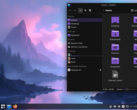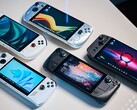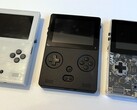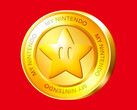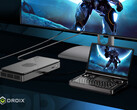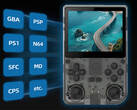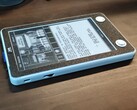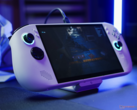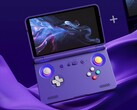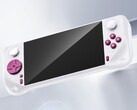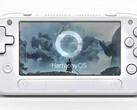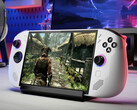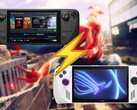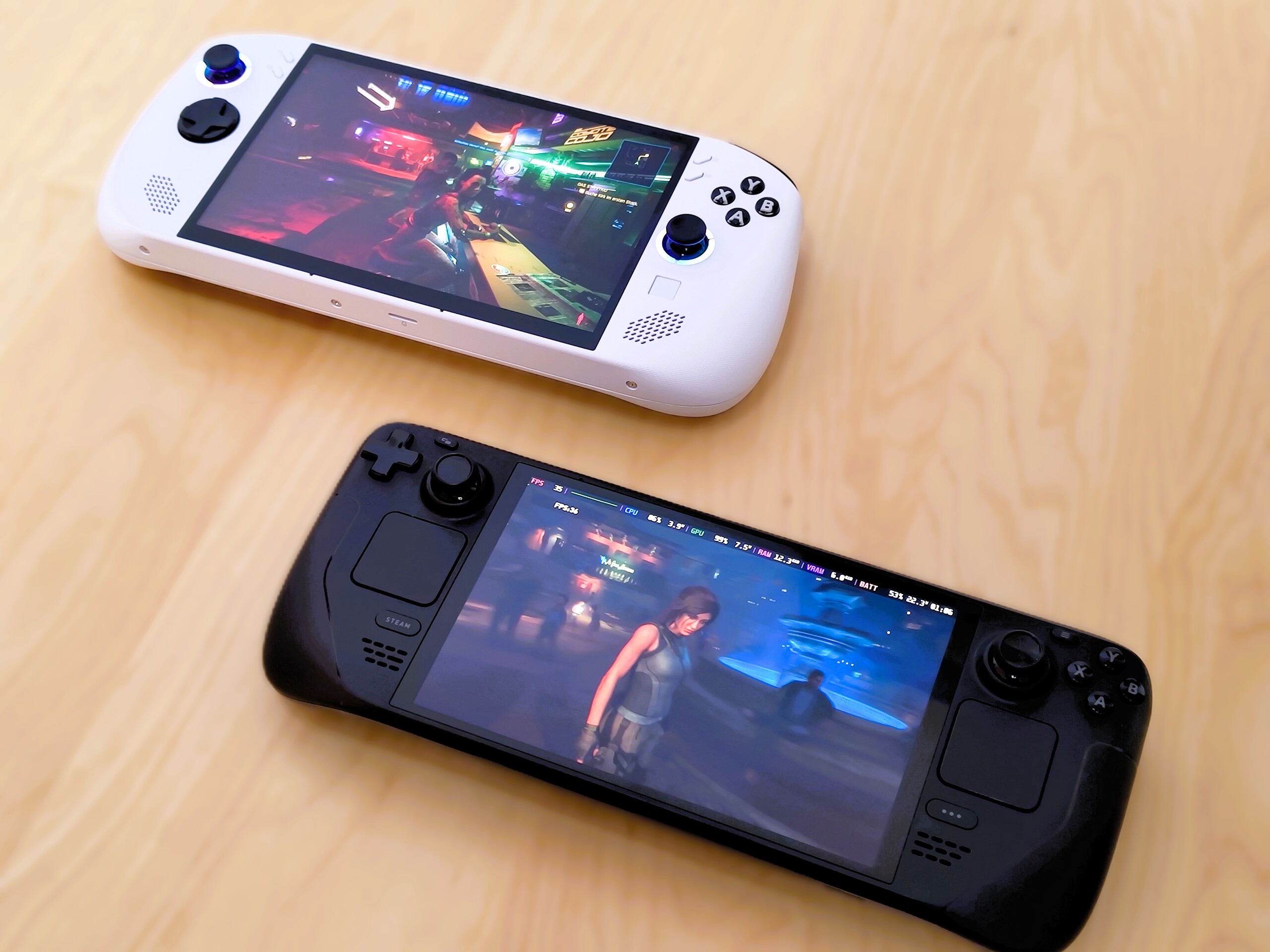
Gaming handhelds: Here's what really matters
CheckMag
The market for gaming handhelds is booming. New devices are springing up everywhere and more and more manufacturers are venturing into the segment. Too much choice can be paralyzing, so knowing what makes a good handheld is certainly worthwhile.Marc Herter (translated by Jacob Fisher) Published 🇩🇪 🇫🇷 ...
Acer, Asus, Lenovo and MSI broke into the handheld gaming market relatively late. Asian companies such as OneX and Ayaneo, on the other hand, were the first to steal some market share away from Valve's Steam Deck.
Nowadays, the market is almost saturated with various ultra-compact gaming handhelds. Such a wide selection can be overwhelming for customers, especially inexperienced customers who don't know what to look for. Not to mention that manufacturers are always looking for new gaps and niches to fill with their devices.
Our review of the Lenovo Legion Go S shows that there are many factors that make a good gaming handheld. So this begs the question: What matters in a handheld?
Software: More than just an operating system
Windows is the first choice for many gaming handhelds since it offers the largest selection of games. But Linux is also a solid alternative, as Valve proves with its Steam Deck. A clear and intuitive user interface is important and Valve's Steam Deck is the winner here. But without additional software, the Steam Deck is tied to what Steam has to offer.
Windows 11, on the other hand, is only moderately optimized for touchscreen and game controller input. Many manufacturers offer additional software in order to optimize handheld performance or to provide additional functions. Launchers also ensure that the controls are optimized.
Ergonomics and design: Long and comfortable gaming sessions
A handheld should not only look good, but also feel good. It should be light and compact so that users can play for long periods without pain or strain in the hands or wrists. High-quality materials and good workmanship are important here. Efficient cooling is also a must. Nobody wants a handheld that runs hot and feels like an iron.
Controls: Precision is key
The controls are the heart of every handheld. These should enable precise control and be within easy reach. High-quality buttons with a good pressure point, precise analog sticks and additional input options such as touchpads or programmable buttons are important. Good haptic feedback should not be absent either, which is usually provided by vibration motors or, as with the Steam Deck, specially developed haptic motors. There can be big differences here, depending on the model.
It is also important that the controls are as robust as possible. Hall-effect sensors have particularly stood out here in recent years. While certain controllers have elements that can be easily replaced, such as the Playstation or Nintendo Switch, repairing handhelds can be very time-consuming and involve long waiting times, particularly if spare parts are in short supply.
Screen: Eye food for gamers
A screen that is only "okay" is not an option for a gaming handheld. Brightness and contrast are important for legibility in sunlight. The resolution should also be right: For devices up to 7 inches (approx. 18 cm), 720p or 1080p is sufficient. 2.5K displays are nice, but also consume more power and constantly need to be powered by the graphics chip. The display response time is also another factor to consider. A bright IPS display is the minimum. OLED displays are top class.
Performance galore: More power, more fun
Of course, gaming is useless without the right amount of power under the hood. But even the 15 watt APU from the Steam Deck makes for a decent handheld. Modern iGPUs such as the Intel Arc with 128 EUs or the AMD Radeon 780M and upwards are the magic words here. These allow current games to run at decent frame rates. But keep in mind: 16 GB RAM is the absolute minimum because the iGPU shares the RAM with the processor. This means that at least 4 GB of RAM is reserved for the graphics.
A fast NVMe SSD with at least 512 GB, preferably 1 TB, is a must. Although a little more is better here since Windows itself requires around 30 GB of space. Large games then require another 60 to 90 GB of storage space, so a small SSD is quickly filled to capacity. Furthermore, Windows needs at least 10% free space on the SSD to function properly, so users should only use up a maximum of 75% of the available storage space in practice. Otherwise, full SSDs become slower when reading and especially when writing.
Battery life or socket dependency
A good handheld should not only be powerful, but also have long runtimes. The balance between performance and battery life is thus crucial. A high-capacity battery is therefore important for long gaming sessions. Software optimizations can also extend the battery life.
Gamers with modern handhelds have a lot of options here. Upscaling in combination with a limitation of the FPS, for example, allows many AAA titles to run stably at low wattage.
Lenovo Legion Go S
Our review of the Lenovo Legion Go S revealed it to be an interesting device that definitely has potential in some areas. However, there are also some weaknesses that you should consider before buying. Prospective buyers and gamers are thus advised to gather precise information in advance and define their own needs. Depending on how much you want to spend on a handheld and what you ultimately want to play on the device, a wide variety of devices are conceivable.
The Legion Go S, for example, shines with its excellent feel. However, the performance of the APU is less convincing. The Ryzen Z2 Go doesn't exactly knock our socks off, but it does have its advantages, especially in comparison with the Steam Deck. But other modern handhelds are much better positioned here.




